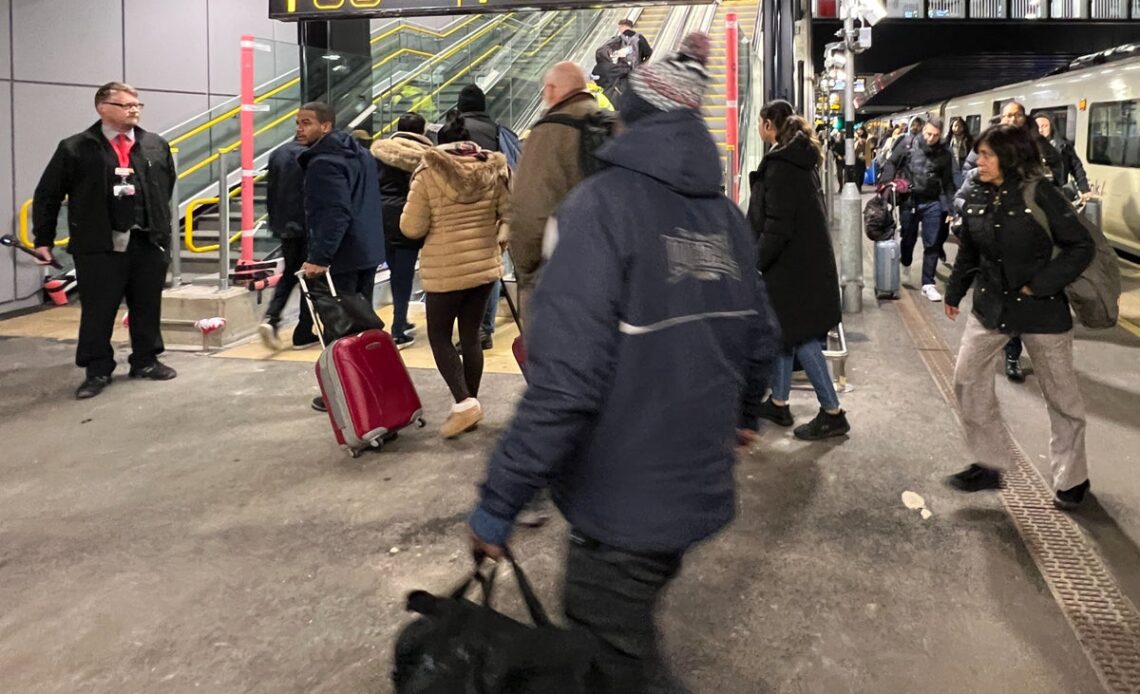In the 1930s, the UK led the world in connected transport: Gatwick was the first airport anywhere on the planet with a direct connection between trains and planes. Integrated transport has been at the heart of the hub’s identity ever since, but the 1960s railway station has been bursting at the seams and a pain to use for many years.
Since 5.46am on Tuesday 21 November 2023, passengers suddenly have more room to breathe. A rejuvenated £250m rail station, doubled in size, is now open as part of the airport’s South Terminal. Here’s what it means for passengers.
What was the problem that needed solving?
Gatwick was built at its current location because of easy access to the main London to Brighton rail line. When the Gatwick Racecourse was repurposed as an airport in the 1930s, a tunnel was built to the terminal. It proved revolutionary: passengers could travel from central London to central Paris in under three hours.
Today London Gatwick is the second-busiest airport in Britain. It has 15 trains an hour to London with some services continuing to Cambridge, Peterborough and Bedford, plus links to Brighton, the rest of the South Coast and Southampton – as well as trains to Reading for connections to the West of England.
But Britain’s airports are booming again. Arriving and departing airline passengers are rapidly approaching – and in many cases exceeding – pre-pandemic numbers. As anyone who has been to a British airport in the past six months or so will testify, congestion is growing.
With Gatwick returning to the almost 60,000 passengers per day who were using the airport rail station before Covid, the highly constrained space needed a radical solution. Congestion and resulting slow boarding delayed trains and caused disruption to ripple widely across the Southern and Thameslink networks.
According to the principal architect, Jordan Gill: “We had issues with safety, congestion and the passenger experience at Gatwick.”
What is the solution?
Doubling the available floor space – and separating arriving and departing travellers rather than having everyone milling about together. There are eight new escalators and five jumbo-sized lifts built for passengers with limited mobility or with large amounts of luggage and families with young children.
A pair of platforms are wider. The hope is that passengers will be able to get on…
Click Here to Read the Full Original Article at The Independent Travel…
